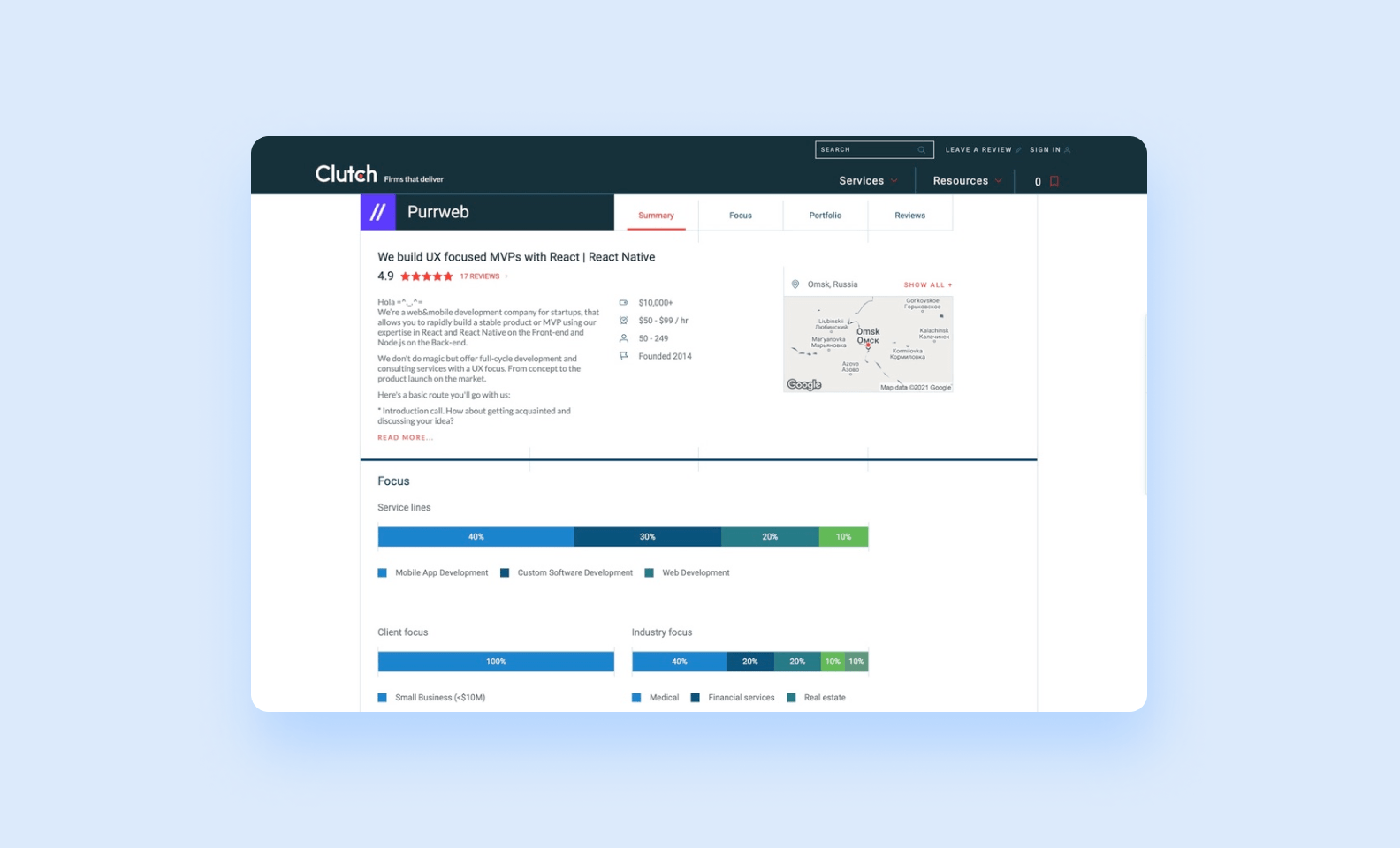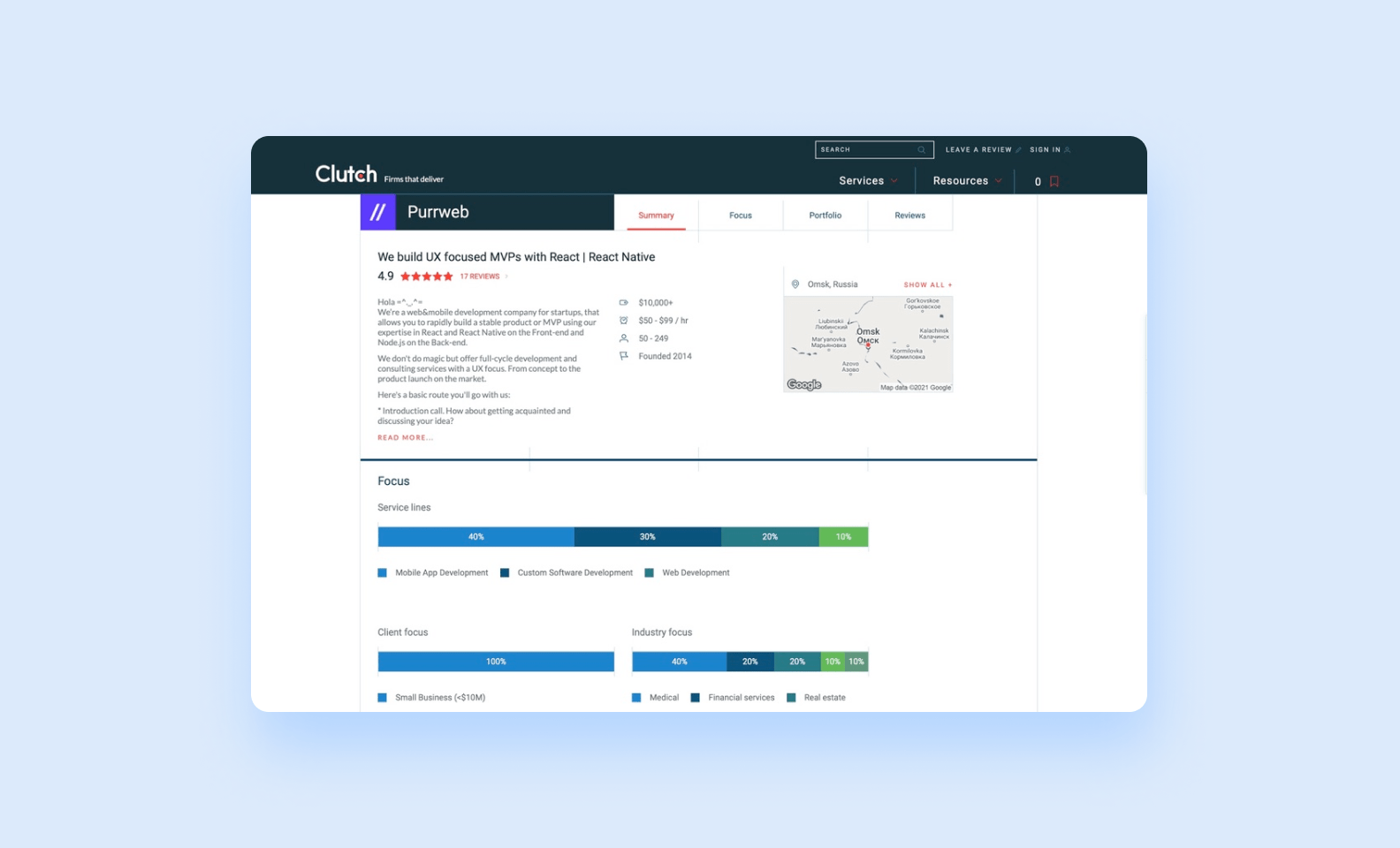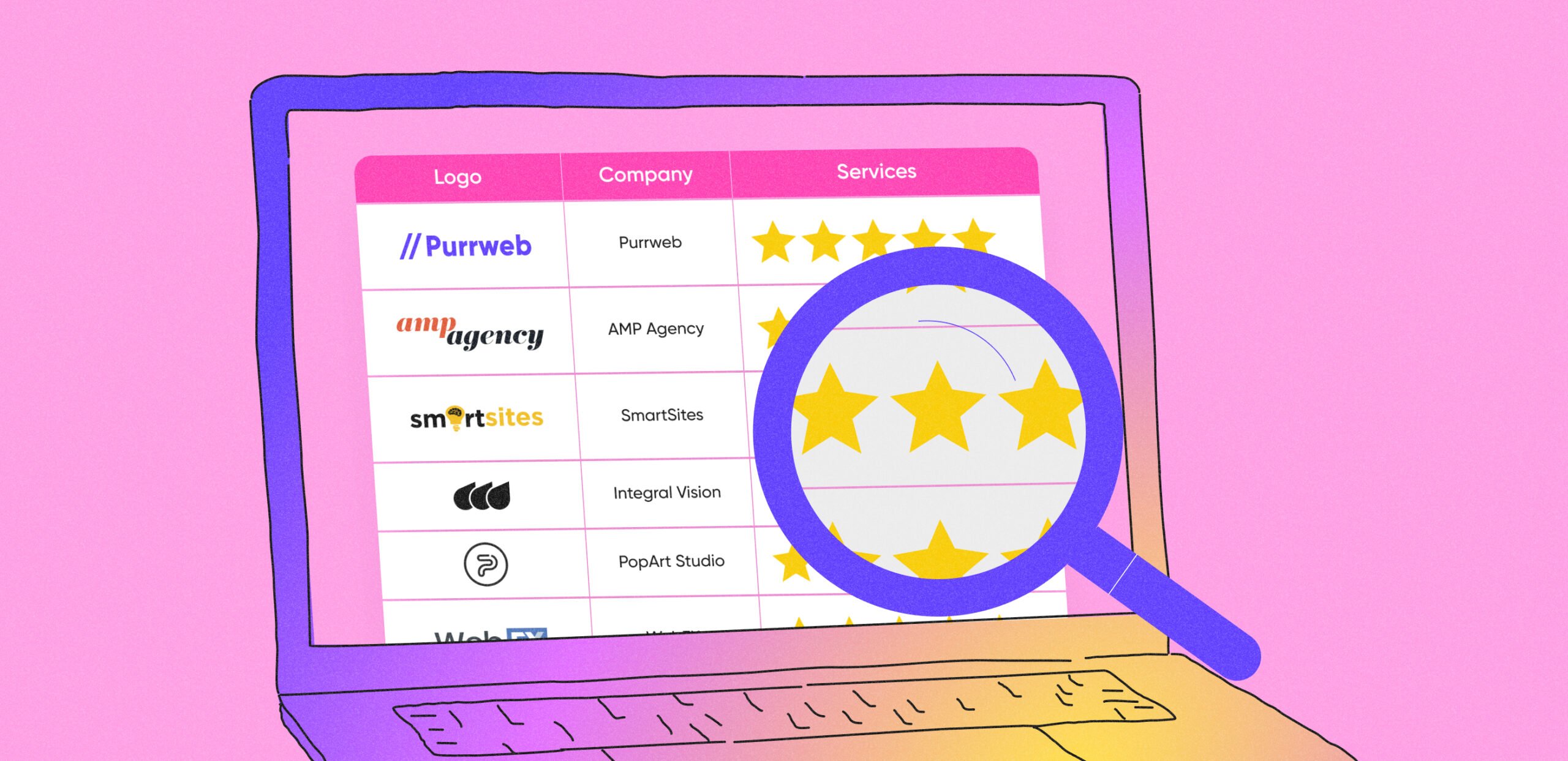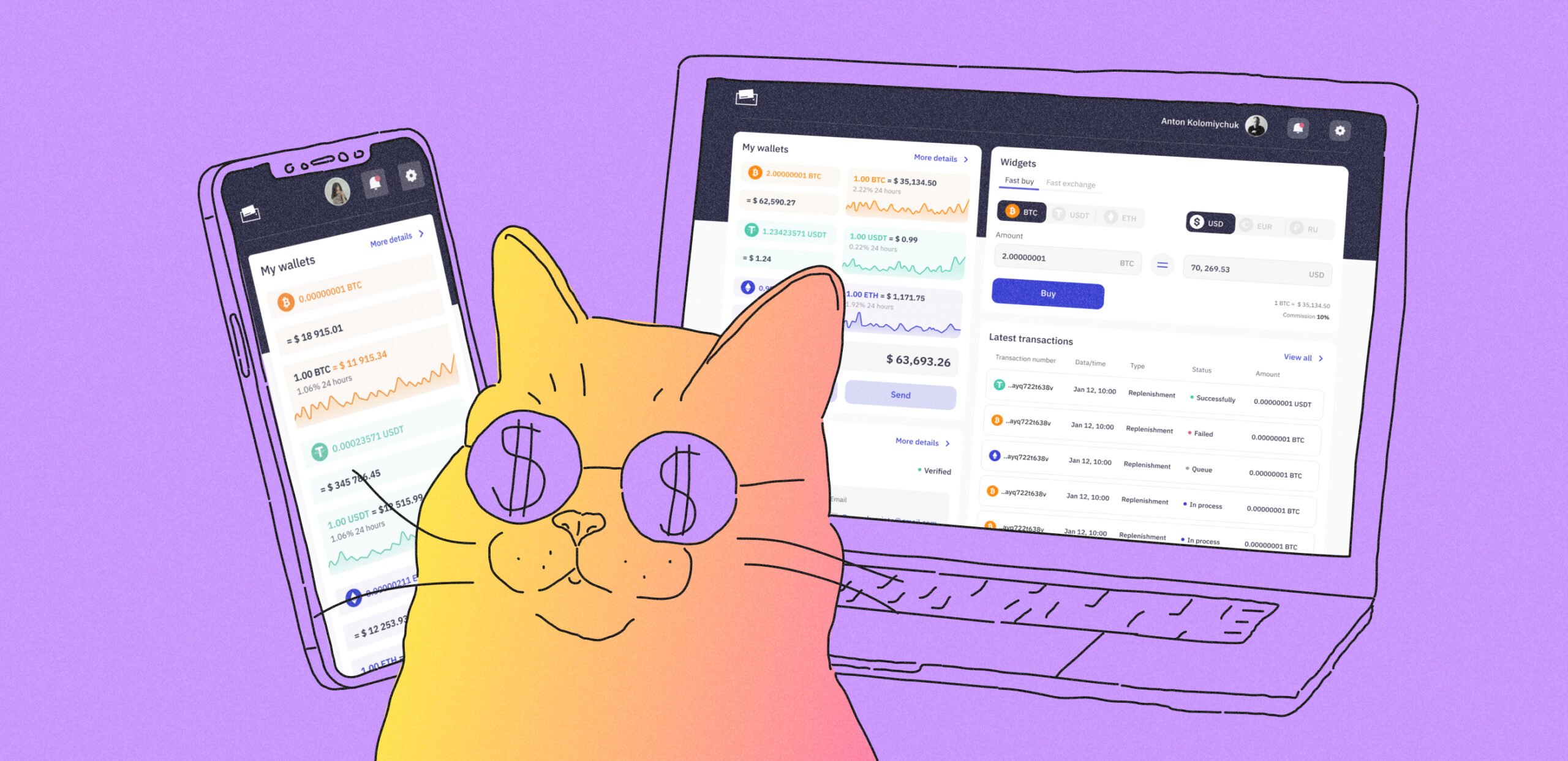Seems as if it’s enough just to google “app development” or “technical hiring” and a specialist will pop up. But how shall the startupper check the jobseeker’s skills and make sure that the professional releases the project?
We are going to tell you where the freelancers harbor, how they differ from in-house team or UI/UX agency, and how to check the candidate’s expertise level. Let’s go!
Have you already narrowed down the task pool? The time is ripe for technical hiring. But whom to trust with the development — a freelancer, an in-house team or a web studio? Let’s take a look at the pros and cons of every option.
Freelancer
Freelancers are free artists of the digital world. They don’t belong to particular teams, instead they work on a project basis. You can do technical hiring of freelancers on field-specific platforms or through the grapevine.
Pros
- Less documents. Oftentimes freelancers relieve you of paperwork: they accomplish a task, you pay for it, everybody is happy. But there is a risk of being left with neither work done, nor money.
- More working hours. Many specialists work without day offs. So, if you have pressing deadlines, you’d rather start technical hiring and recruit a freelancer with a non-stop schedule.
- Direct contact with the contractor. In the agencies, there are project managers who communicate with you. A freelancer is ready to discuss all the project details with you personally.
- Execution speed. A remote worker is motivated to finish the project as fast as possible, to get the payment, and move over to other tasks. They aren’t interested in bikeshedding as office workers.
- Low cost compared with the in-house team or a web studio. You can discuss the payment terms: charge an hourly rate, for the whole project, or for every stage. On top of that, you shouldn’t set up an office or pay taxes. Just start the technical hiring process and find the developer that you need.
Cons
- Many risks. By choosing a freelancer, you risk not hitting the deadlines, losing money and connection with the contractor. In such a case, having no contract at hand may play a dirty trick on you.
- Search difficulties. Freelance marketplaces are overflowed with offers but to recruit a truly brainy professional, able to meet deadlines and code well on his own is a tough call.
- Single task worker. If you need both a programmer and a designer. you’ll have to look for them separately. The more specialists you have, the more the search will last.
- Micromanagement problems. When there are several specialists on the project, it’s you who will sync up all the processes.
- Fraility. A freelancer might easily leave the project, if another client offers a higher price. In such a situation, you will have to start the technical hiring process and hastily look for a new contractor.
In-house team
If you have both time and money, you can start the technical hiring process and put your own team together. You can search for specialists on Indeed or Google Jobs. But if you don’t have free time for it, you’ll have to recruit an HR specialist who will help you with technical hiring.
Pros
- Multitasking. A freelancer might not cope with miscellaneous tasks while a team is able to do it.
- Long-term cooperation. An in-house team is for the long run. You can invest in their professional growth and fulfill many projects together.
- Team spirit and motivation. A permanent employee is interested in the company’s development and success. A well-orchestrated team is able to deliver better results than one-time workers.
- Reliability. A full-time specialist can’t leave the company at any moment — they would have to work off a minimum of 2 weeks.
Cons
- Search difficulties. Apart from software developers, you might also need marketers and managers. Assembling a team = spending much time and energy.
- High price. Recruit a full team and pay salaries and sick days, dig into the taxes — it’s not cheap.
- Possible idle time. Even if you don’t have any tasks for an in-house developer, you’ll still have to pay the salary. Or make sure that there is a constant inflow of tasks.
- Extra costs. Apart from regular payments, you need to rent a space and set up working places. The better and more functional the office space is, the more expensive it’ll turn out to be. But it’ll positively influence the team’s morale.
Web studio
If you want to get a turn-key solution — address a web studio. It’s a company with a fully-packed staff and solid experience in software development. You can find a suitable one on platforms like Clutch where you can see their list of services, portfolio and reviews.
Pros
- Transparency. The work conditions are explicitly listed and summarized in the contract. It excludes all the risks and strengthens trust.
- Multitasking. Experienced web studios have a full-fledged team: designers, developers, project managers, and marketers.
- No headache. When you choose a team with a project manager (PM), you give all the communication tasks to them. A PM does the job: tracks the deadlines and budget, delves into the app logic, makes sure everybody is on the same page.
- Experience. Trusted studios have many years of experience in software development — they have already released a bunch of products. Top-notch teams get listed on international platforms and they work on projects around the world.
Cons
- High price. Web studios charge more than freelancers because they’ve already gone through the technical hiring stage and have a team.
- Communication problems. If you’ve chosen a company not from your country, most probably they will work in another timezone. It won’t always be possible to find a suitable time for a call.
- Risks. It’s not always clear if you’ve chosen the right vendor. You need to be careful and choose thoroughly to not bump into swindlers.
- Long rounds of approvals. Contract, act of acceptance, step-by-step adjustments — it all gives you the guarantee to get the desired result but
Finding a programmer — a cool and a savvy one
Deciding on the contractor is half the battle, now you need to find them. There are many sources on the Internet for technical hiring filled with a variety of specialists. But how to understand what exactly they offer and how to trust those platforms? Here are the time-tested websites where you can find specialists for your goals.
- Upwork — an international website for technical hiring. You may find digital specialists of all hues, but mostly the developers. On the website, you can communicate only in English.
- Clutch — highly-rated B2B platform that evaluates web studios by verified client reviews. You may filter the outsourcers by company or project size, development costs or location.
- Dribbble — one of the most known platforms for designers. There you may see candidates’ works. By the way, you can only get there through invitation.
- Behance — a media platform where photographes, designers, and illustrators from across the globe share their works. You can check portfolios and find a suitab;e specialist.
- Indeed— a website for finding different specialists. You can either create a vacancy or choose a candidate judging by the CV. One of the most popular websites in the USA
- LinkedIn — a professional social network for technical hiring. Every user has their personal page.
- Stack Overflow — a Q&A platform for software developers. There you may post a job description or search through CVs.
- Fiverr — a freelance services marketplace. Differs from other platforms by allowing jobseekers to take the seller’s role. There is a rating system on the website for easy and convenient technical hiring.
- GeekJob — a website for finding IT & Digital specialists by anonymous CVs. There are also users with open contact information. You can use either free or paid functionality.
- Toptal — a platform for freelance software developers. Both specialists and clients go through preliminary selection before getting access to orders and contacts and do technical hiring.
Technical hiring: how to recruit a competent specialist and check their skills?
Portfolio
It’s a good way to demonstrate know-how through work and private projects. A portfolio may look like a Behance or Dribbble page, or full-fledged website with case studies, links to ready-made products and clients’ reviews.
Web development companies often post their case studies where they describe the work process on a particular project — pay your attention to it. In such a way, you’ll see how a contractor found the way through emergency situations and which tasks they faced. If the product has already hit the market, you can check it on Google Play/App Store, download it and read reviews. In the case of web apps, just open it in your browser. To evaluate the work result, you don’t need to make sense of programming, simply see whether it’s easy to use the app.
Work experience
It’s easy to check practical experience: ask candidates about previous projects. An experienced specialist will tell in detail how it was and which technologies they used.
If you have a technically complex product, you’d rather not entrust such work to amateurs. It’s a matter of security. Especially if there will be app payments or it will store user data. Make sure that the candidate knows how to integrate payment gateways and which hidden pitfalls there are.
For example, if you need a banking app — check if a contractor has experience with such projects and how successful they were in making it.
Specialization
Pay attention to the technology stack of a specialist. If you need web development but a candidate specializes in mobile development — that’s not going to work.
If you’re looking for a designer — ask about their specialization. UX designers work with system requirements, create prototypes, align user stories. UI designers create a design based on the prototype, so it’ll be hard for them to create a product from scratch. If a designer can do both UI and UX — that’s an ideal case.
Reviews
Most freelance marketplaces have rating systems. The higher the rating a contractor has, the less risks there are that they’ll turn out to be a swindler.
Yes, in the age of technology you can drive up ratings and order positive comments. If in the review you’ve stumbled upon the full company name several times — that’s SEO-optimization.
It’s cool if there are video-reviews on the company website. In such videos the clients usually introduce themselves and tell about the startup. You can find startupper’s profile on LinkedIn and make sure that the review isn’t fake.
Services catalogue
Such cases need to be taken into account because even if you’ve tested the app before the release, there still might be some bugs. But if the contractor has already accomplished the work and got the payment, you’ll need to create a new task and pay for it separately. If the contractor stopped getting in touch, you will need to recruit a new specialist. That’s why it’s so important to specify the terms of post-release support right at the project start.
Apart from development and design you might need additional services. That’s why you’d rather set sights on web studios. They offer a variety of services, so you won’t need to recruit separate specialists.
For example, in Purrweb we develop web, mobile, and desktop applications. Also we do QA testing, UI/UX design and project management.
Cool. But what to do next?
You have already researched the companies, checked portfolios, and picked several options but can’t make the final choice? Get in touch with a web studio manager or a contractor — it may help you to finally get off the fence. Let us tell you how the process is aligned in Purrweb. 👇
A client leaves a request to Purrweb. You can reach us out on Instagram, Facebook, Telegram, Dribbble, Behance, or shoot us an email [email protected]. We reply swiftly within 12 hours. In the answer we comment on the request and say whether we can help out or not. Set up an action plan and suggest a call. In such a way, the communication goes way more smoothly.
Get to know each other, discuss the idea and client’s business goals, give a sense of approximate costs and let the client sleep on it a while. If everything is okay, we spend the next 2 days creating a detailed estimation, and get ready to present the quote. After that we have one more call and let the client have a thorough look at the quote. On the final call, the client says, if we are going to work together or not.
You can always get back to Purrweb — we save all the project information. Even if a client thinks for half a year, returns back, we won’t forget about the project and have a quote at hand that will be used for further work.
Make calls with the candidates — in a personal conversation it’s way easier to see if the contractor passes your requirements or not. On the first call, try to share your expectations in terms of the budget and cooperation. It’ll help you sort out inappropriate specialists at the start and waste less time for contractor search.
Big project needs a big team
Finding skilled professionals for a project is time and energy consuming but possible. Now that you know the difference between freelancers, web studios and in-house teams, it’ll be easier for you to recruit a contractor for your goals.
Study the portfolios, reviews and candidate’s profiles. The more difficult your project is, the more logical it is to address a professional web studio. One specialist is good but a well-knit team is even better.
We are always ready to turn your idea into a working product and bring it to release. Text us and we will discuss the project details in the next few days.














